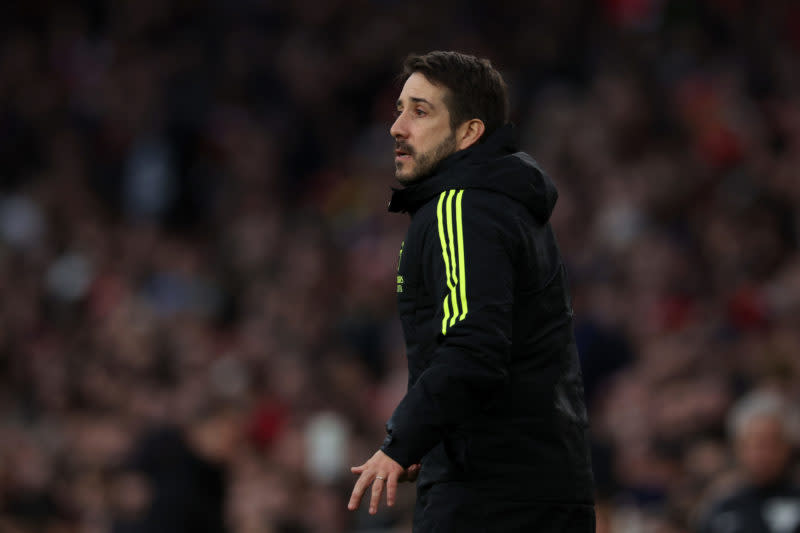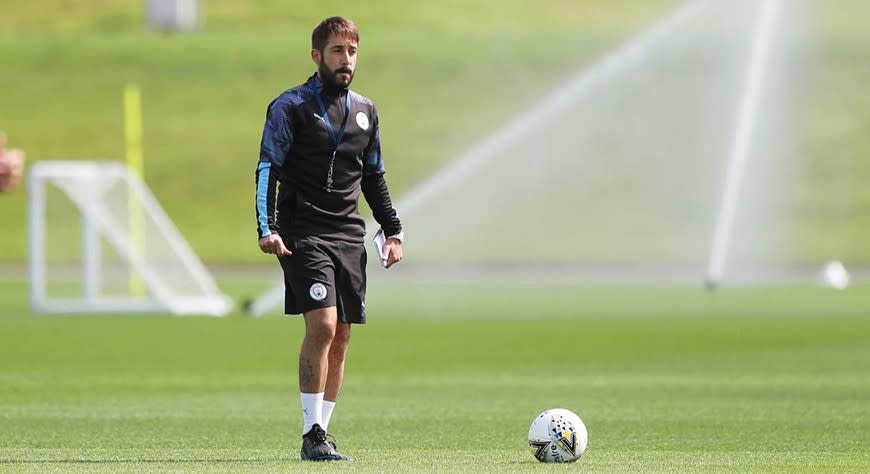Arsenal’s set-piece guru on VAR & the evolution of set-pieces in modern football

In a revealing interview with L’Équipe, Nicolas Jover, the mastermind behind Arsenal‘s set-pieces, delved into the intricacies of his craft, shedding light on the evolving landscape of dead-ball situations in modern football.

Jover, who joined Arsenal in 2021 after successful stints at Brentford and Manchester City, emphasised the growing importance of set-pieces, stating, “The higher the level, the more CPAs (set-pieces) matter.” He dismissed the notion that set-pieces are merely a “weapon of the weak,” highlighting that even top clubs like Manchester City and Arsenal prioritise maximising their effectiveness in this area.

The Arsenal coach stressed that set-pieces are no longer just “marginal gains,” but “essential gains” that can significantly impact a game’s outcome. “Today, I no longer need to convince the players, but, at the beginning, I was telling them: ‘We can increase your salary by 20%, what do you think?'” Jover quipped, highlighting the growing recognition of the value of set-pieces in modern football.
Jover also addressed the influence of VAR (Video Assistant Referee) on set-piece tactics, noting that it has made it more challenging to exploit offside situations, particularly from free kicks. “They are often at the limit and now, to the nearest centimetre, it can be expensive,” he explained.
The conversation extended to the increasing number of players present in the box during attacking set-pieces. “The teams are more aggressive,” Jover observed, noting that this tactic, once reserved for late-game situations, is now being employed more frequently even at 0-0.
He also emphasised the importance of preparing for counter-attacks after an offensive set-piece. “Five or six years ago, it wasn’t identified as much. Now, very clearly, we see very definite intentions on how to attack in the second phase, and the moment of transition when the attacking team must reorganise to defend,” he said.
Jover discussed the significance of player attributes like size, aggression, and timing in set-piece success. “A big, aggressive one with good timing is perfect (smile),” he remarked, citing Gabriel Martinelli as an example of a player with excellent timing and a strong desire to score.
The use of screens, a tactic designed to create confusion and disrupt the opposition’s defensive organisation, was also a topic of discussion. Jover acknowledged their widespread use but noted that their effectiveness can vary depending on cultural differences in refereeing. “We were surprised, sometimes, in the Champions League, where we saw that defenders deliberately fall to influence the referee. But, in England, it’s bold, because the referee doesn’t blow the whistle,” he said.
Jover then shed light on the lifespan of set-piece innovations, stating, “After seven or eight matches, a combination can work again.” He explained that the effectiveness of a particular routine depends on the frequency with which a team faces the same opponent.
The interview also touched upon the defensive aspect of set-pieces. Jover emphasised the collective responsibility in defending set-pieces, stating, “It’s a team that takes a goal. When a player is beaten, it doesn’t mean that the others have to watch and be passive.”
Jover shared his insights on the different defensive approaches used in set-pieces, such as individual marking, zone marking, and mixed marking. He noted that the preferred approach often varies depending on the team’s culture and philosophy.
He also discussed the concept of targeting specific areas during set-pieces, emphasising the importance of tailoring strategies to the characteristics of the players involved. “The secret is rather to exploit these characteristics,” he said.
In conclusion, Jover’s interview offered a comprehensive and insightful look into the complex world of set-piece tactics. His expertise and innovative approach have undoubtedly contributed to Arsenal’s success in this area, and his continued evolution as a coach promises further advancements in the future.

 Yahoo Sports
Yahoo Sports 
